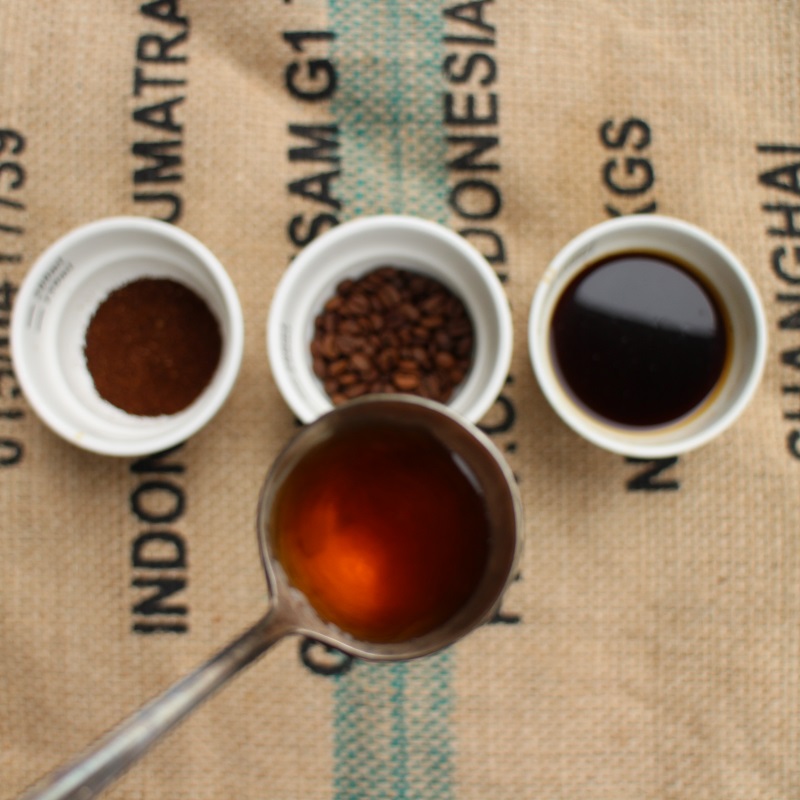Kirimbi Kailengra-West Asia Processing Plant Information, Nyamasheke Region, Western Province of Rwanda Coffee

Professional coffee knowledge exchange more coffee bean information please follow the coffee workshop (Wechat official account cafe_style)
Introduction to ◎:
The Rwanda Coffee-Karen Gela-West Asia processing plant is located in the green hills in southwestern Rwanda not far from the south bank of Lake Kivu.
It was founded in 2006, although the processing plant is at an altitude of 1800 meters, but the harvest of coffee even reached as high as 2000 Michael degrees. The coffee cherries selected by the West Asian processing plant are harvested from about 661 small farmers in the area. The yields of these small farmers are small-usually less than one-fourth of a hectare. They pick ripe coffee cherries by hand, usually in baskets above their heads, and occasionally transport them to the cleaning station by bike or truck.
The West Asia processing Farm is led by Jonathan Zindana, who is an agronomist and one of the most experienced managers in Rwanda. During the harvest season, the processing plant employs about 100 people, usually from March to July. Once the coffee cherries are delivered to the West Asian processing plant, they will be carefully sorted by hand to ensure that only red cherries are accepted.
Then, they will choose to scrape the pulp on the same day-mostly at night-and use a mechanical pulper that divides the beans into three grades. After removing the pulp, the coffee will ferment overnight (about 12 hours), and then use the flotation channel weight to re-screen the coffee and re-classify it (the heaviest is considered the best). The coffee beans are then soaked for another 24 hours, and then hand-selected in the drying process, this last task is accomplished by experienced women and is the most important quality control.
The selected coffee beans are moved to a high scaffolding-the African bed. In the sun, they repeatedly open and sort the coffee to ensure it dries evenly and removes any damaged or defective coffee beans. And store them in a shell until they are ready for export. From the beginning of the cherry harvest, the coffee will be equipped with a paper card recording the harvest date and grade (A1, A2, etc.).
For example, if a batch of coffee is recorded as "area 106 Universe 04-A1 coffee 39th, this means that it was the first batch to be processed on April 4 and rated A1. This simple and effective approach is an important tool for controlling quality and ensuring the traceability of batches.
Every season, the treatment plant will donate the excess pulp of the coffee to the surrounding farmers as fertilizer, and establish wastewater treatment using IM technology. They have recently launched training for these projects to achieve best agricultural practices. This treatment plant is certified by the Rainforest Alliance.
Farmers harvest from about 661 small farmers in the area.
Variety 100% Red Bourbon red bourbon variety
Extraction method hand-selected extraction
Purification method complete washing treatment
Drying mode high scaffolding drying
The elevation is 1600 MULT2000 meters.
◎ taste:
The nose is sucrose, with floral aromas, bright black cherry acidity and berry flavors similar to blackcurrant.
Important Notice :
前街咖啡 FrontStreet Coffee has moved to new addredd:
FrontStreet Coffee Address: 315,Donghua East Road,GuangZhou
Tel:020 38364473
- Prev

Information Story of Coopac Cooperative in Lulindo Coffee producing area of Rwanda Starbucks Rwanda Coffee
Professional coffee knowledge exchange more coffee bean information please follow the coffee workshop (Wechat official account cafe_style) introduction: Lulindo Water washing Factory is located in the northwest of Rwanda and is a member of the Coopac Cooperative. Most of the coffee grown in Rwanda is run by small farmers. And the coffee beans planted by the Lulindo washing plant will be purchased, this cooperation
- Next

Characteristics of Coffee Story in Mubuga/Murangara Mulan Ghana processing Plant in the Western Province of Rwanda
Professional coffee knowledge exchange more coffee bean information please follow the coffee workshop (Wechat official account cafe_style) Rwanda to re-establish the production and processing of boutique coffee beans required infrastructure, the most eye-catching is: the joint strengthening of the Rwanda Agricultural Partnership Program (referred to as PEARL), mainly to help Rwanda rebuild agricultural institutions, production capacity, and nurture agricultural talent
Related
- Does Rose Summer choose Blue, Green or Red? Detailed explanation of Rose Summer Coffee plots and Classification in Panamanian Jade Manor
- What is the difference between the origin, producing area, processing plant, cooperative and manor of coffee beans?
- How fine does the espresso powder fit? how to grind the espresso?
- Sca coffee roasting degree color card coffee roasting degree 8 roasting color values what do you mean?
- The practice of lattes: how to make lattes at home
- Introduction to Indonesian Fine Coffee beans-- Java Coffee producing area of Indonesian Arabica Coffee
- How much will the flavor of light and medium roasted rose summer be expressed? What baking level is rose summer suitable for?
- Introduction to the characteristics of washing, sun-drying or wet-planing coffee commonly used in Mantenin, Indonesia
- Price characteristics of Arabica Coffee Bean Starbucks introduction to Manning Coffee Bean Taste producing area Variety Manor
- What is the authentic Yega flavor? What are the flavor characteristics of the really excellent Yejasuffi coffee beans?

